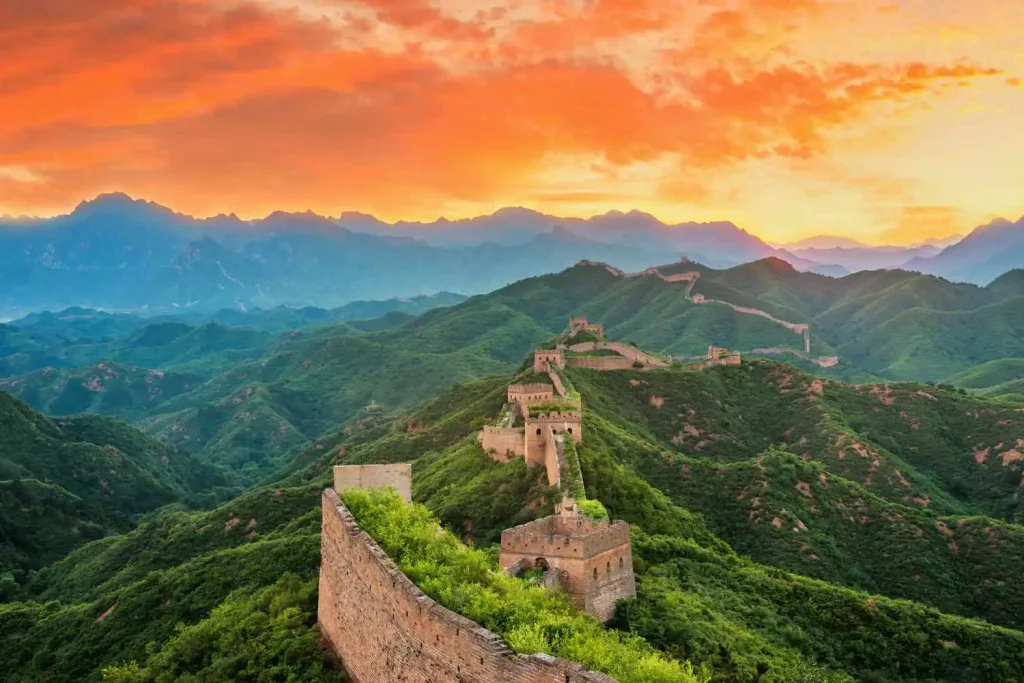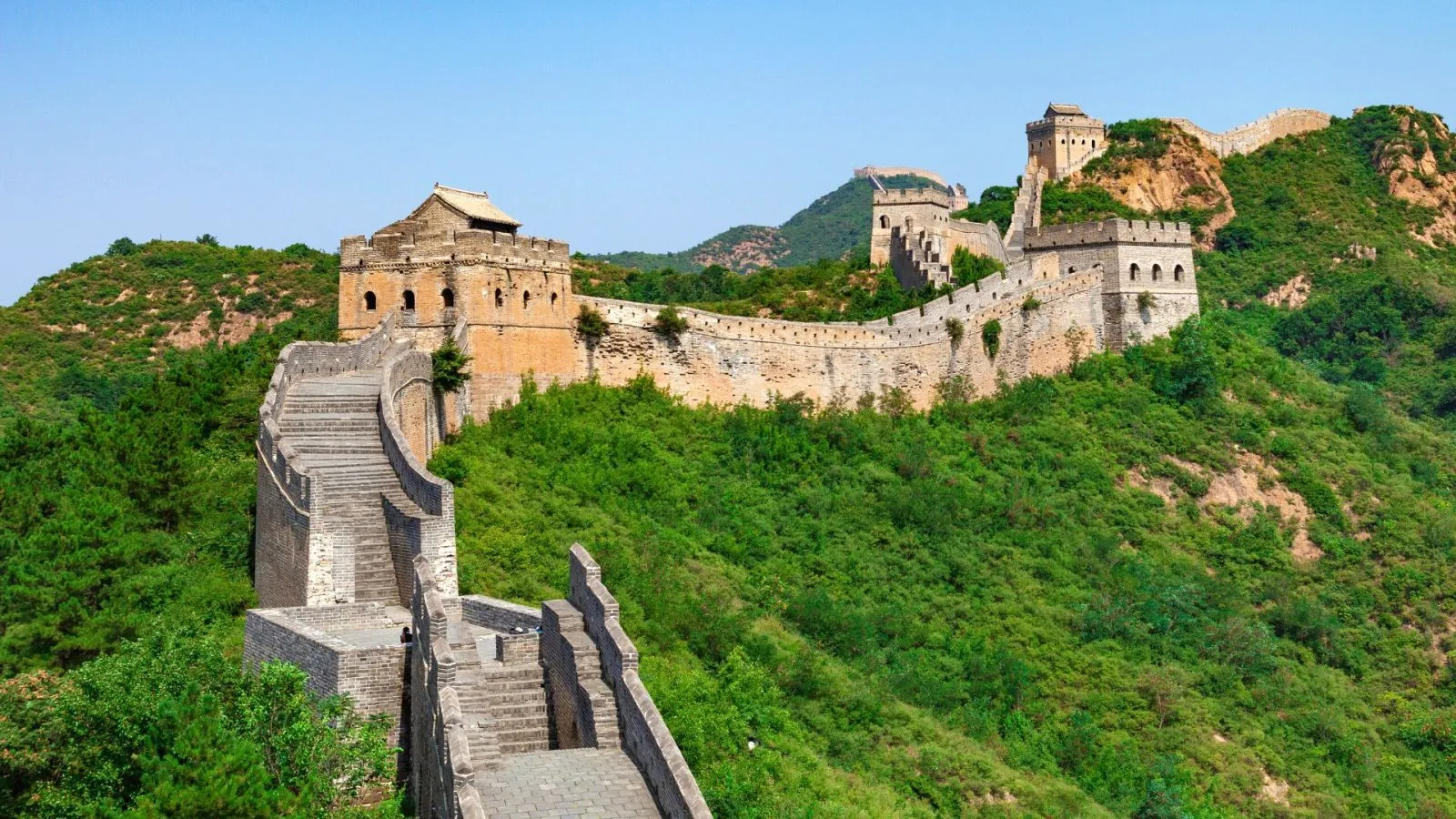There is no such travel destination as the Great Wall of China when it comes to sheer scope of human endeavor. The Great Wall tells the tale of human creativity, toughness, and architectural accomplishment. Over 13,000 miles of rough landscape and mountain peaks, the Great Wall demonstrates the will of the human race . The Great Wall is not just a colossal man-made structure; it is also China’s historical epic and cultural embodiment. It is Asia’s most incredible shock, a place you must visit and discover the stunning scenery, deep heritage, and intriguing storyline.
A Historical Overview of the Great Wall of China
Contents
- 1 A Historical Overview of the Great Wall of China
- 2 Architectural Splendor and Diversity
- 3 Exploring the Different Sections of the Wall
- 4 Legends and Cultural Significance
- 5 Preservation and Tourism
- 6 Planning Your Visit to the Great Wall of China
- 7 Engaging Activities Along the Great Wall
- 8 Impact on Local Communities
- 9 Environmental Considerations
- 10 Educational Impact
- 11 The Global Significance of the Great Wall
- 12 A Monument for the Ages
- 13 Author
Building of the Great Wall of China commenced in the 7th century BC in the Warring States period. The Great Wall was built to cover the borders of individual Chinese states and protect them from invasion by nomads. Upon unification of China under the Qin Dynasty, Emperor Qin Shi Huang merged these separate cities into a coherent defensive structure. Rigorous measures were undertaken during subsequent dynasties to strengthen and extend the wall up to its present state.

Architectural Splendor and Diversity
The Great Wall is not a single wall, but a network of various walls built over millennia by different dynasties, which all had distinctive architectural styles. Constructed mainly from stone, brick, tamped earth, and wood, the wall encompasses formidable fortresses, watchtowers, and critical passes. Certain portions of the wall meander through dense forests, others traverse steep mountainsides, and several of them allow a panoramic view of the intricate landscapes that make up modern-day China.
Exploring the Different Sections of the Wall
Several parts of the Great Wall of China are well-preserved and easily accessible, each offering distinct experiences for visitors.
- Badaling: The most popular and well-restored section, Badaling is near Beijing and provides breathtaking panoramic views of the mountains.
- Mutianyu: Quieter than Badaling, Mutianyu is also close to Beijing and features impressive watchtowers. A cable car and toboggan add adventure to the visit.
- Jinshanling: This partially restored section is a favorite among hikers due to its rugged terrain and steep climbs.
- Jiankou: A section known for its wild beauty and unrestored state, attracting adventurous hikers who wish to experience the wall in its most natural form.
- Simatai: Famous for its night tours, Simatai retains many original features and offers a unique opportunity to witness the Great Wall illuminated at night.
Legends and Cultural Significance
Moreover, the Great Wall boasts many legends and historical tales. The most prominent of them is the story of Meng Jiangnu who lost her husband during the construction of the wall and filled the gaps of the wall with her tears. The fortification is also an image of national dignity and the long struggle, which is why it is a powerful symbol of the nation’s spirit, which has formed for thousands of years.
Preservation and Tourism
As of now, the Great Wall of China is inscribed as a UNESCO World Heritage Site and accommodates millions of tourists every year. Over the centuries, parts of it have crumbled because of erosion and direct human influence. Beijing’s officials, as well as several international organizations, have been making attempts to prevent further destruction without compromising the local economy for years.
Planning Your Visit to the Great Wall of China
Visiting the Great Wall requires thoughtful planning to make the most of this historic journey:
- Timing: Spring and autumn are ideal, as the weather is mild and the scenery stunning. Early morning or late afternoon visits help avoid crowds.
- Fitness: The wall’s steep climbs and uneven terrain demand good physical fitness, especially in the more rugged sections like Jiankou.
- Guided Tours: Consider joining guided tours to gain historical insights from knowledgeable guides and ease transportation logistics.
- Essentials: Carry water, snacks, sunscreen, and appropriate footwear for hiking. A camera is a must to capture the unforgettable scenery.






